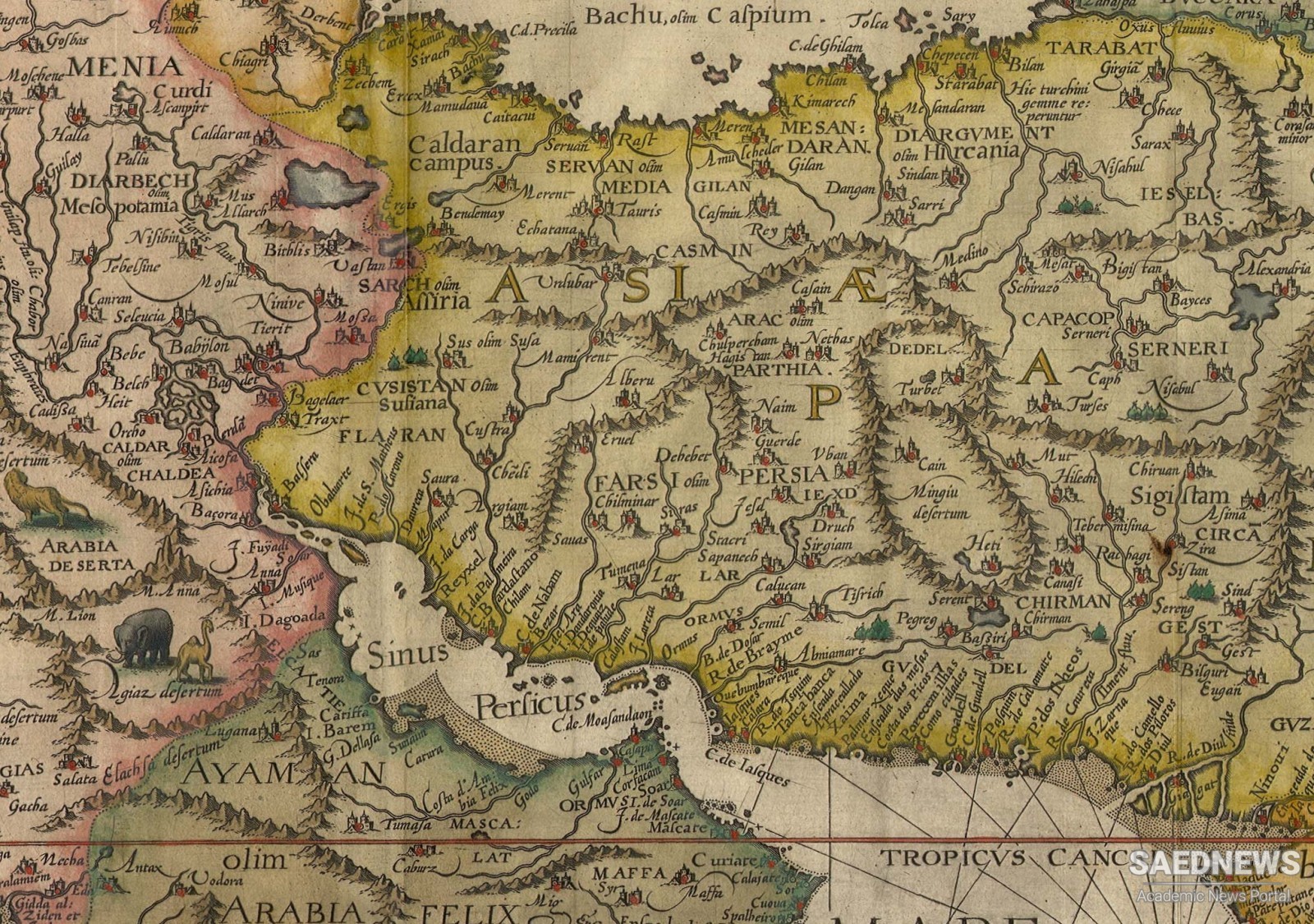Talha b. Tahir governed Khurasan till his death in 213/828. After Tahir's death had been reported to Baghdad, al-Ma'mun had sent out Ahmad b. Abl Khalid with military powers, in order to install a caliphal presence in the east. The vizier led an expedition across the Oxus into Ushrusana, the region lying just to the south of the middle Syr Darya, where the local ruler, the Afshin Kawus, had stopped paying tribute (the successor in Ushrusana to this Kawus was the famous Khaidhar or Haidar, vanquisher in al-Mu'tasim's reign of the Khurrami Babak). Ahmad b. Abl Khalid is also said to have given support to the Samanids in Transoxiana, and to have aided Ahmad b. Asad in Farghana, a region which was, like Ushrusana, only partially Islamized (207/822-3). In the next year, the energetic vizier was in Kirman suppressing a revolt by a dissident member of the Tahirid family, al-Hasan b. al-Husain b. Mus'ab. Ahmad b. Abl Khalid seems to have been satisfied with Talha's bonafides especially as the latter had judiciously given the vizier a munificent offering of three million dirhams in coinage and two million dirhams' worth of presents. During Talha's governorship, the main threat to 'Abbasid and Tahirid authority in the east came from the Kharijite movement centred on Sistan and led by Hamza b. Adharak or 'Abd-Allah. The movement had a social and political aspect as well as a religious one, for the Kharijites utilized rural discontent against the 'Abbasid officials and tax-collectors. The Tahirids could not therefore remain oblivious to the wider implications of Hamza's revolt - its dissolving effect on the whole fabric of caliphal authority and Sunnl orthodoxy in Sistan and the adjacent provinces of the east. Nlshapur, Baihaq, Herat and other towns of Khurasan proper were at times affected by Kharijite depredations, and Gardizi records that Talha was much occupied with warfare against the Hamziyya. Hamza did not, however, die till 213/828, the year of Talha's own death.


 Tahirids and Disintegration of Arab Caliphate
Tahirids and Disintegration of Arab Caliphate














































